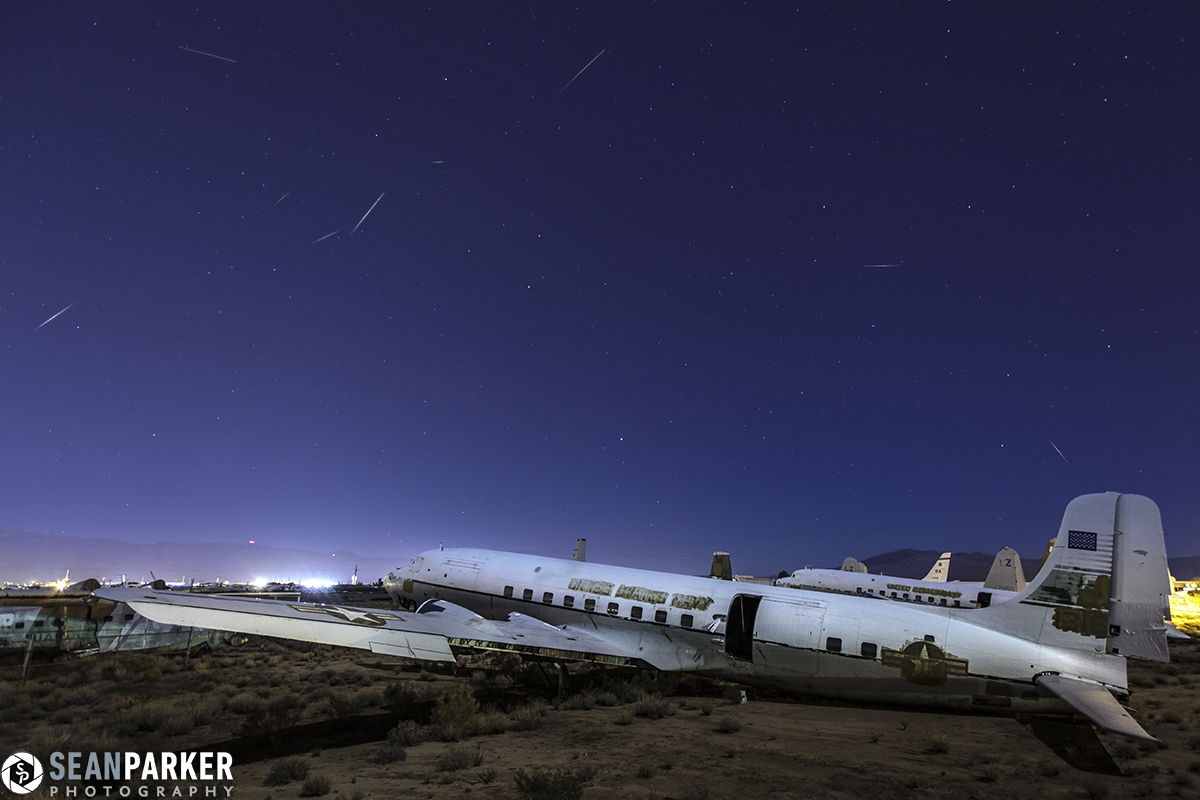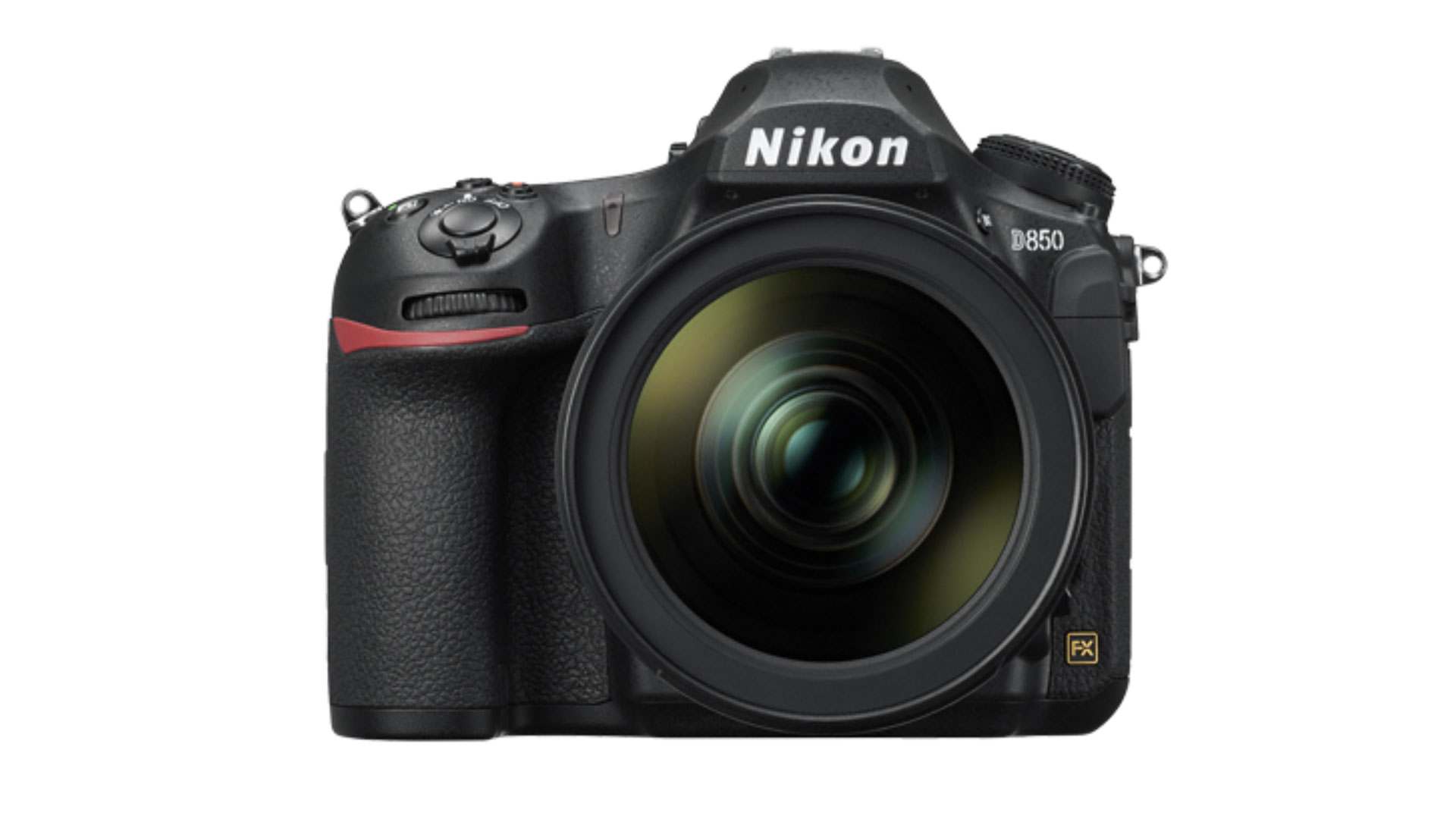
This Memorial Day weekend, Earthlings — especially those in North America — might be treated to the sight of a new meteor shower.
Those meteors could flare up when our planet passes through the pieces of a disintegrating comet called Schwassmann-Wachmann 3 (SW3). It isn't just an exciting opportunity for skywatchers; comet scientists eagerly anticipate the encounter as well. According to NASA, the meteor shower could amaze (or disappoint) overnight on Memorial Day (Monday, May 30) and run into early Tuesday.
SW3 is fairly close to the sun by comet standards; it completes an orbit of our star once every five years. In 1995, it started to break apart, shattering into dozens of smaller pieces and leaving behind a cloud of debris that continues to circle the sun.
Related: Potential new meteor shower is 'all or nothing event,' NASA says
More: Possible meteor storm offers chance to hear 'shooting stars'

If you're looking for a good camera for meteor showers and astrophotography, our top pick is the Nikon D850. Check out our best cameras for astrophotography for more and prepare for the tau Herculids with our guide on how to photograph a meteor shower.
We've seen comets split before. One out of every 100 periodic comets — and perhaps even more — might break apart eventually, according to William Reach, an astronomer at the SOFIA Science Center at NASA's Ames Research Center in California.
Famously, in the 1990s, Comet Shoemaker-Levy 9 fell apart, and big chunks of it slammed into Jupiter. But even if SW3's ongoing disintegration looks somewhat similar, the process is "almost certainly not the same," Reach told Space.com.
Scientists aren't entirely sure what causes comets to break up. It could be one or a combination of several factors. Shoemaker-Levy 9 crumbled under the strain of Jupiter's powerful gravitational pull, for example. But some other comets might break apart when volatile compounds within them such as water heat up and transition from the solid phase to gas.
Get the Space.com Newsletter
Breaking space news, the latest updates on rocket launches, skywatching events and more!
Related: Meteor shower guide 2022: Dates and viewing advice
Additionally, the constant seesawing of a comet from the inner solar system to the far colder outer reaches and back puts thermal strain on the body. Given enough repeating stress, something might give.
In any event, SW3 is breaking up. And, for the last several decades, Earth's orbit has been bringing our planet ever closer to crossing the resulting cloud of debris. This year, finally, seems to be the year that we cruise through it. If that is indeed the case, much of the comet debris will fall into Earth's atmosphere and burn up as meteors, some of which could be spectacular.
Astronomers certainly hope this happens; they're keen to get a rare up-close look at shards of a celestial object. In fact, one astronomer, Jérémie Vaubaillon, plans to get even closer by flying in a jet over New Mexico and Arizona during the meteor shower.
"By flying through it, even just by knowing that it exists, that shows that the particles survived," Reach told Space.com. "We don't actually know that. Some of them are icy, and they don't survive."
Related: The greatest meteor storms of all time
As comet shards enter Earth's atmosphere, scientists can watch how they fragment, which can reveal information about their composition. And some of those shards may come from deep inside a comet, a realm that astronomers cannot access just by looking at an object with a telescope.
In addition, the potential meteor shower offers a rare chance for astronomers to get their hands on some comet material. In the past, after all, NASA has flown particle-catchers through meteor streams to grab falling dust left over from the solar system's early days.
"It's basically like having a space mission, going to the comet and bringing it back, except the comet just shot 'em over here," Reach said.
Editor's Note: If you snap an amazing photo of the tau Herculids meteor shower and would like to share it with Space.com's readers, send your photo(s), comments, and your name and location to spacephotos@space.com.
Follow us on Twitter @Spacedotcom or on Facebook.
Join our Space Forums to keep talking space on the latest missions, night sky and more! And if you have a news tip, correction or comment, let us know at: community@space.com.

Rahul Rao is a graduate of New York University's SHERP and a freelance science writer, regularly covering physics, space, and infrastructure. His work has appeared in Gizmodo, Popular Science, Inverse, IEEE Spectrum, and Continuum. He enjoys riding trains for fun, and he has seen every surviving episode of Doctor Who. He holds a masters degree in science writing from New York University's Science, Health and Environmental Reporting Program (SHERP) and earned a bachelors degree from Vanderbilt University, where he studied English and physics.









